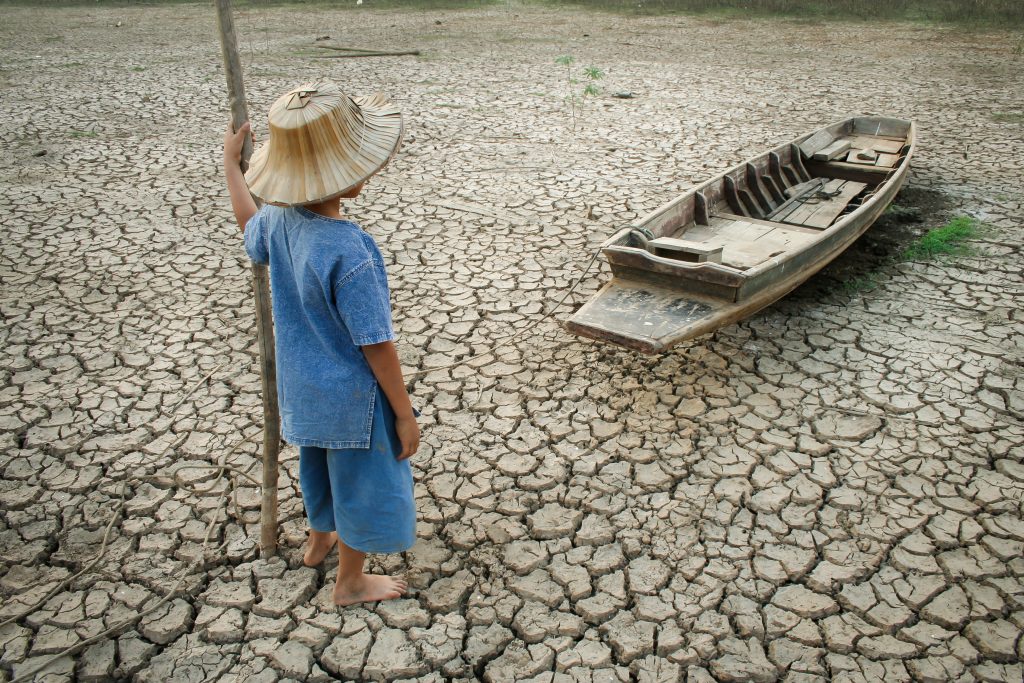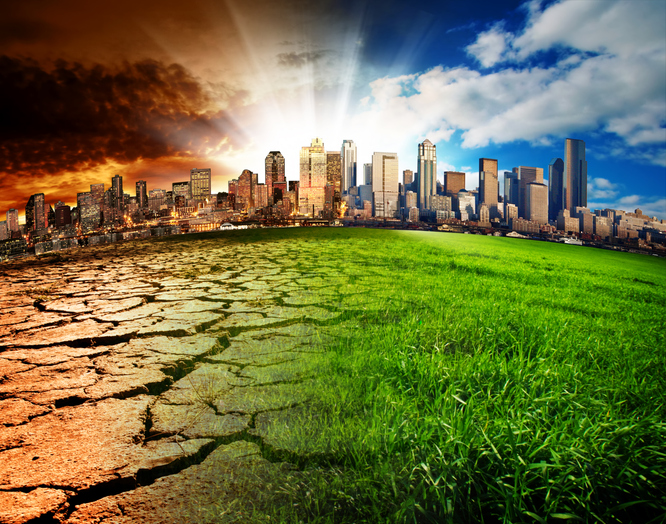There has been much talk about climate change over the past few decades. It has gone from being a “possibility” to a certainty. Climate change is now a reality that affects all humanity. The global rise in temperatures, frequent uncontrollable storms, droughts… our existence is at stake and the countdown has already begun.
In this report we are going to focus on the repercussions of climate change on the tourism sector, as well as the measures being put in place to alleviate the impact and adapt.
First and foremost, we need to mention that tourism currently generates 10.4% of global GDP and provides one in ten jobs around the world.
Our love for travel and desire to discover the world is taking a big toll on the planet. Tourism is one of the activities that produces the most greenhouse gas emissions, mainly through transport.
It is altering ecosystems and creating artificial changes to our planet, which is heading towards the mass exploitation of resources rather than sustainable development.
Legislation
A lack of forward planning and lax legislation have marked the international organisations linked to tourism. The topic was dealt with for the first time at the Rio Summit in 1992, which passed the United Nations Framework Convention on Climate Change that would later lead to the Kyoto Protocol in 1997.
From 2007 onwards the World Tourism Organisation (WTO) has held a number of summits on the subject, with several conferences held before the Bali Summit earlier this year. The aim was to replace the now expired Kyoto Protocol, and climate change was addressed again at the Copenhagen Summit in 2009, in which an agreement was reached on reducing carbon dioxide emissions.

The main problem faced in terms of putting these actions into practice is the lack of collaboration from the countries that produce the most pollution—the United States and China—as well as how policies can be implemented without hindering the progress of developing countries.
Up until now, governments, international organisations and businesses have all failed to act, and many scientists are warning that we are reaching the point of no return.
Different strategies
Like in an apocalyptic film, it is becoming increasingly common to see ski resorts without any snow, traditionally cold countries enjoying Mediterranean summers and glaciers melting.
Warnings that climate change would displace tourists to destinations on higher ground have already been loud and clear in a number of summits, which would mean that countries with an economy that relies on tourism would see a progressive reduction in visits.
These predictions have seen some locations get in ahead of the trend, and they are now offering a wider range of tourist options. One such example is Switzerland, where they have started to advertise their summers by offering summer and family camps to attract summer visitors to the mountains.
During the winter months, Switzerland has placed its hope in artificial snow and constant technical innovations, although it has calculated that all the slopes under 1700 m high (a quarter of the Alps) will stop seeing snowfall.
The fact that countries further north are seeing higher temperatures and longer hours of sunlight means that, according to experts, tourists will choose these destinations over Mediterranean countries that will go through long periods of drought, with temperatures more frequently surpassing 40 degrees.
On the other hand, when climate change policies are put in place, some destinations will be particularly badly affected. This is the case for faraway countries like Australia and South East Asia. The reason for this is the high environmental cost involved in flying there, a threat that might, on the other hand, see growth in other means of transport like trains buses.
Energy sources
In addition to limiting the most polluting means of transport and making a reasonable use of energy sources, we need make sure that emission levels decrease. It is estimated that between 2005 and 2035 we will have managed to reduce the energy generated by each passenger per kilometre by 32%, mainly through a current and future transport fleets that are more efficient. Prospects are even more optimistic with technological advances, bringing the figure up to 50%.
The good news is that the WTO states that almost all the sources of renewable energy can be used for tourism, which is particularly good news for islands and remote locations where traditional energy sources are expensive.
In general, this refers to projects in tropical areas, and these options will start to be financially viable in just two years.







